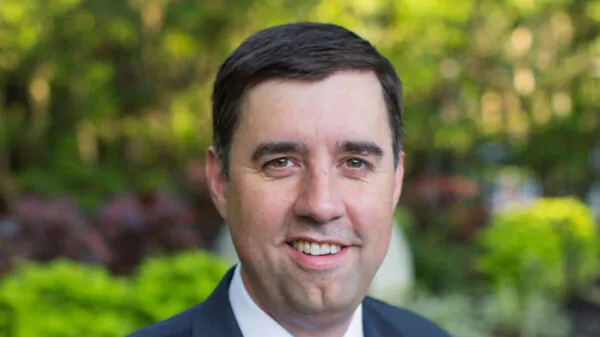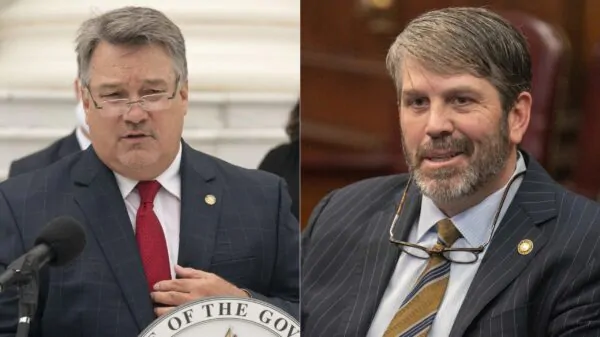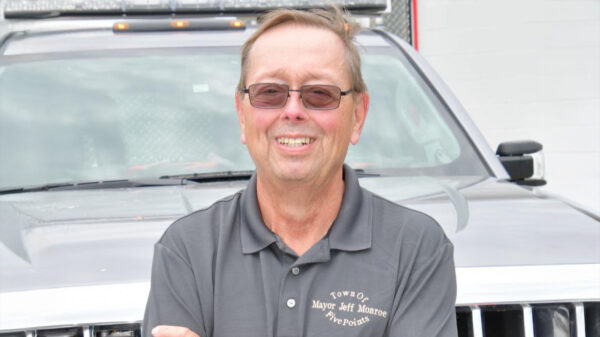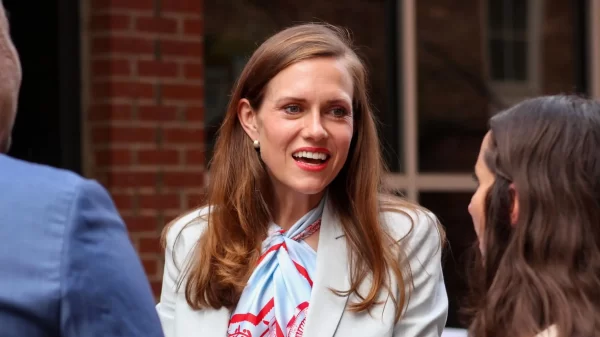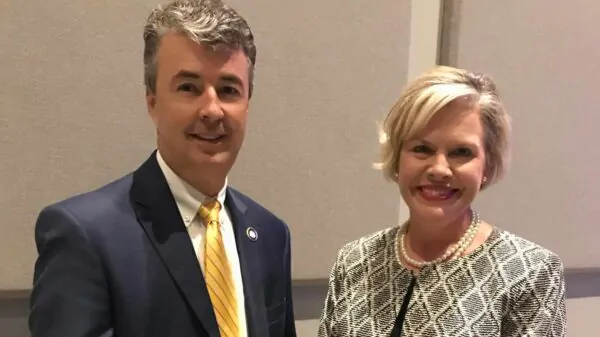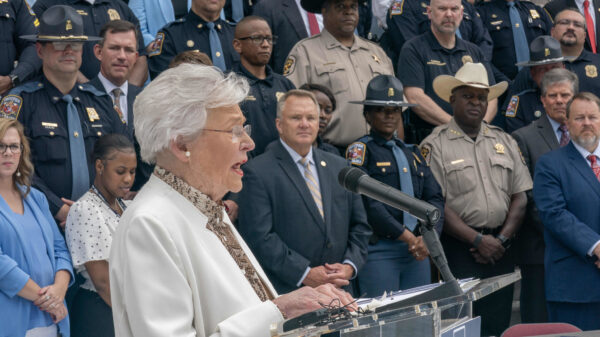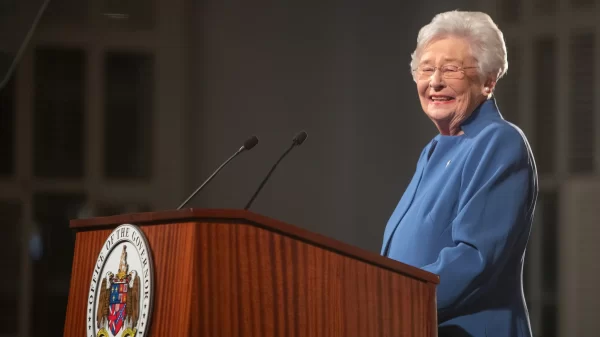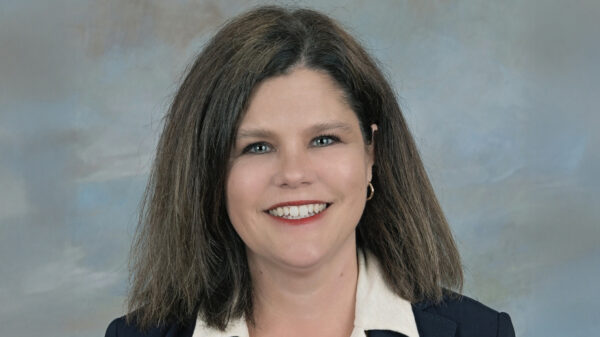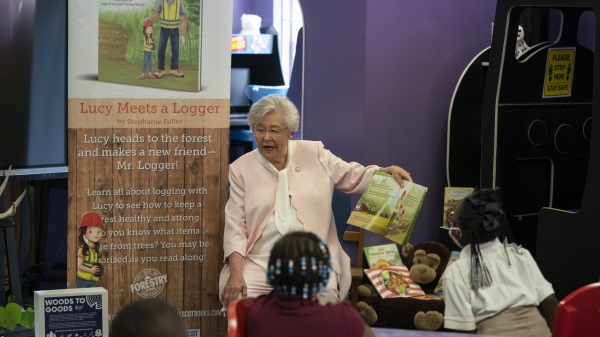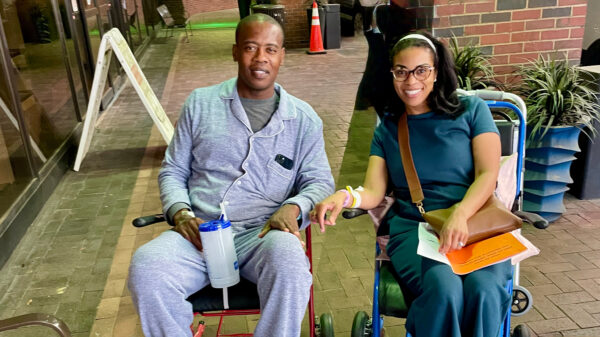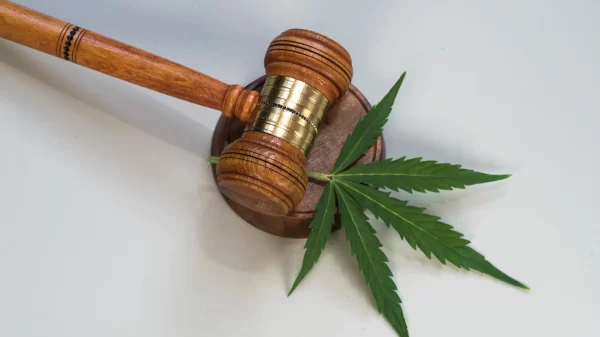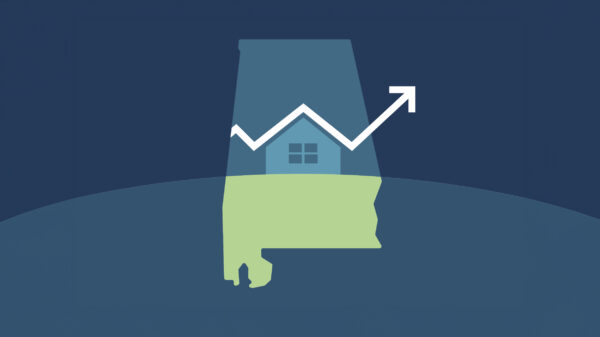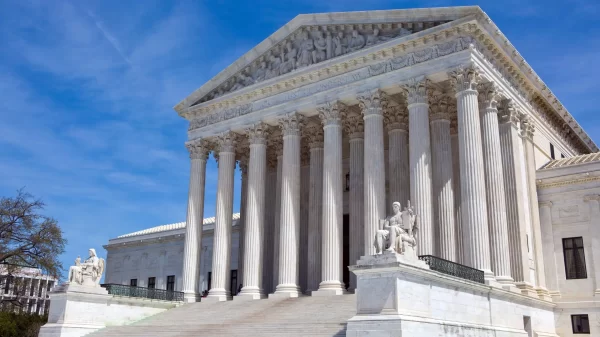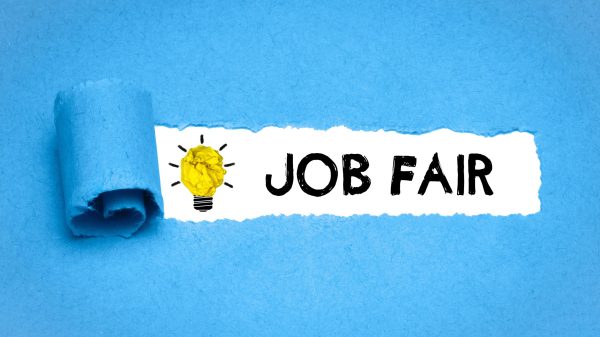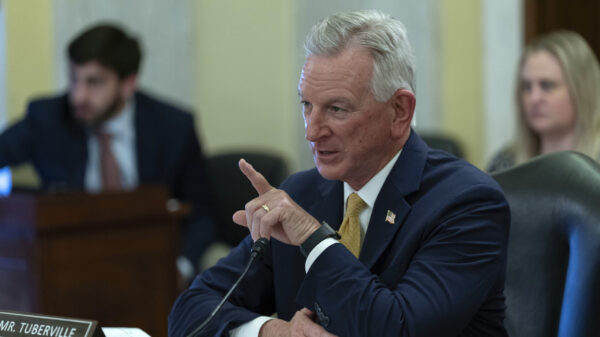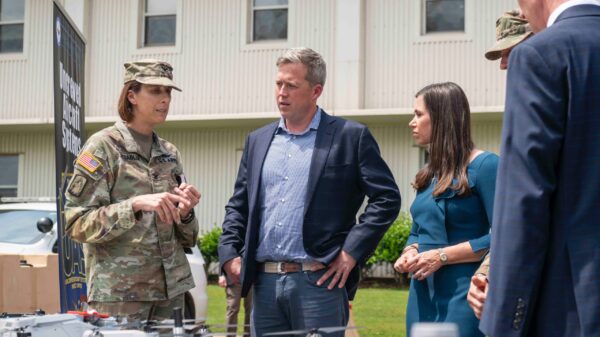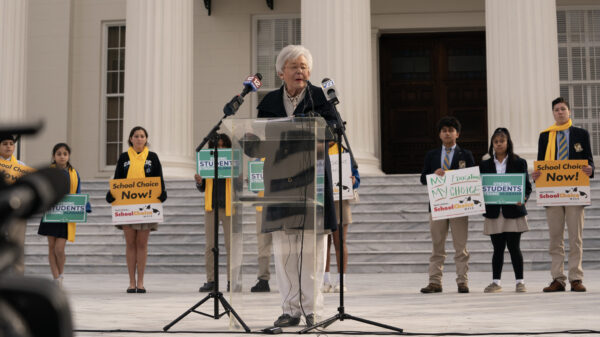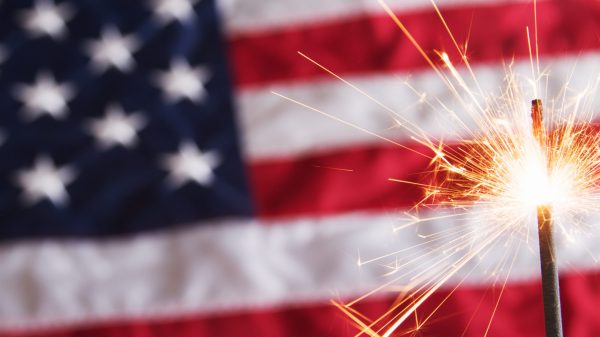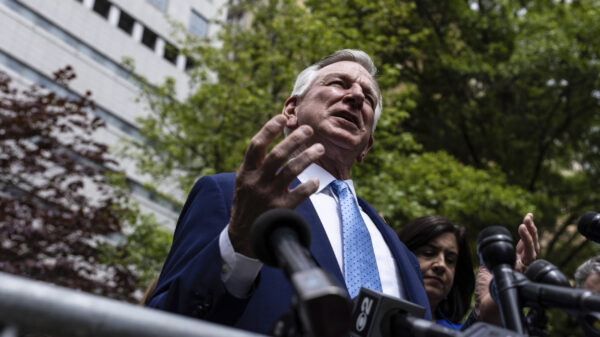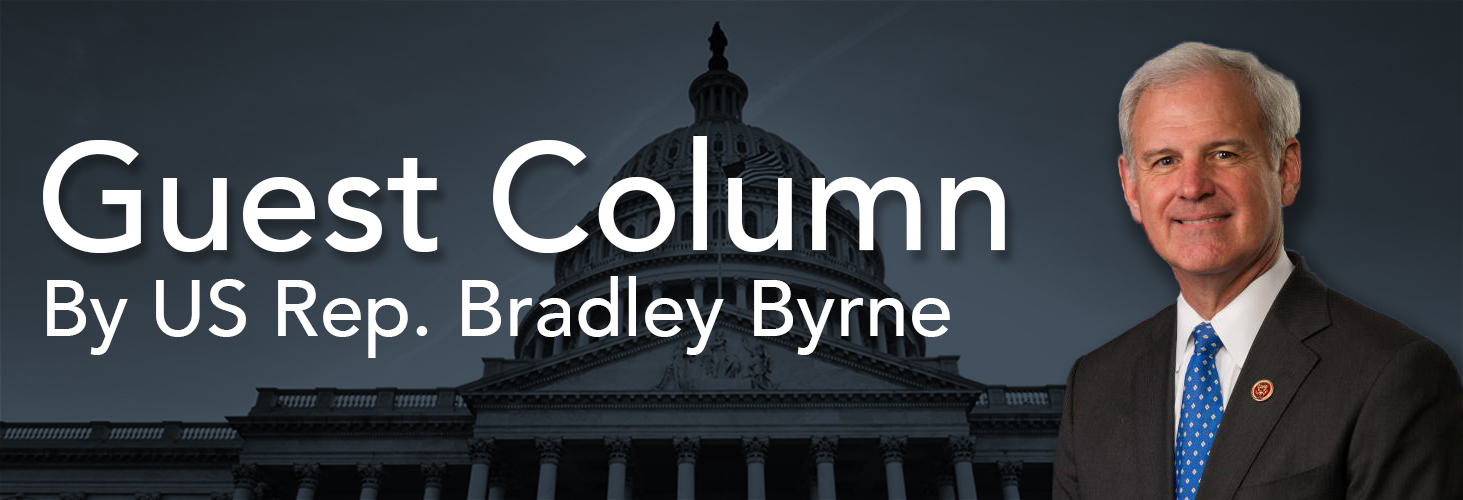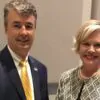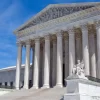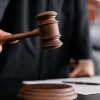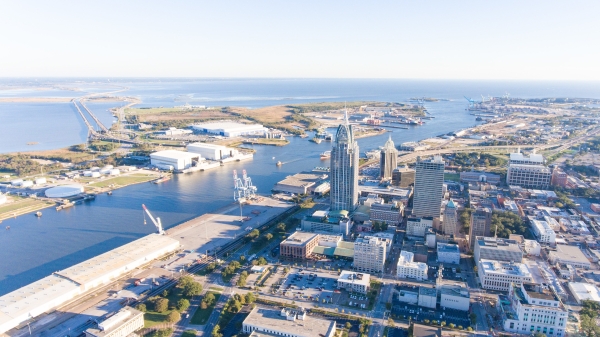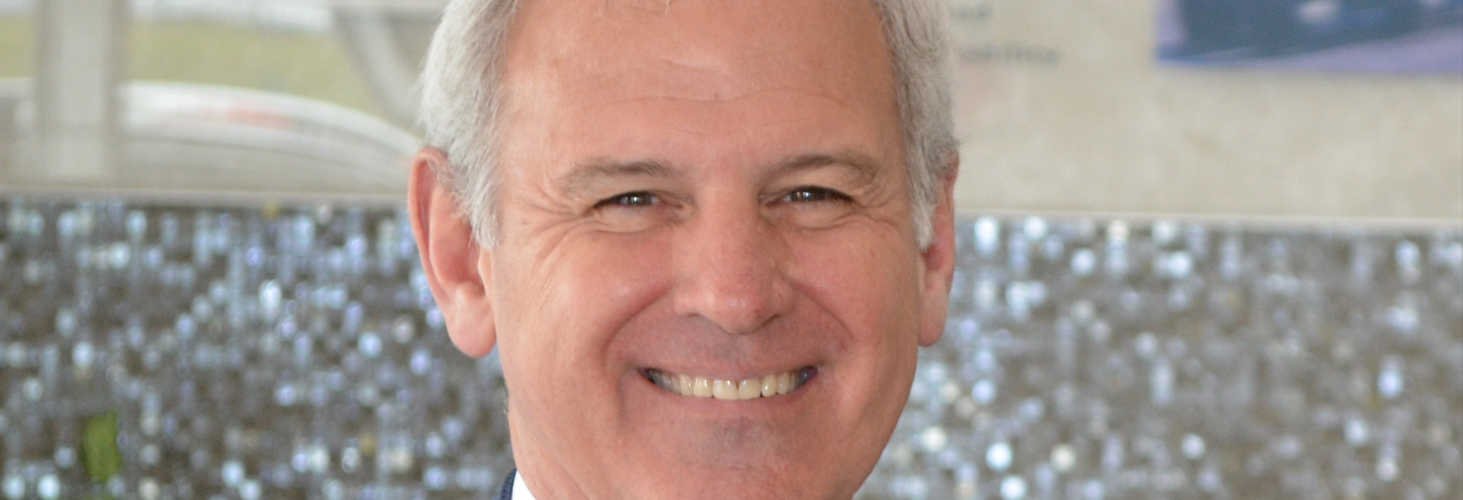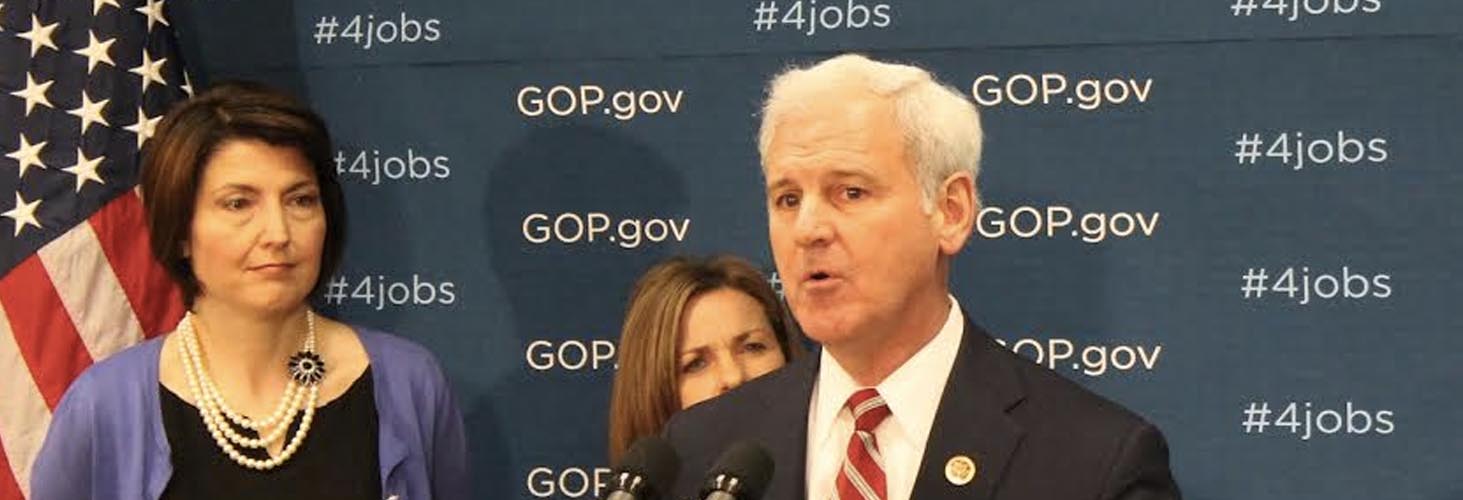By U.S. Representative Bradley Byrne (AL-1)
All eyes were on Washington last week as Pope Francis became the first pope to address a joint session of Congress in our nation’s history. As one of the most influential moral leaders in the world, it was an honor to welcome Pope Francis to the Capitol for his historic address.
While I am not a Catholic, I was very impressed by what the Pope had to say on important issues like the need to stand up for human life and the importance of traditional families. Pope Francis also urged Congress to never lose focus on our ultimate responsibility: to improve the lives of our neighbors and fellow Americans.
Joint sessions of Congress are actually a pretty rare occurrence in Washington. During a joint session, members of the House and the Senate come together in the House chamber to hear from a guest speaker. The meetings are traditionally held in the House chamber because the room is larger and can seat more people.
The Vice President, who serves as the president of the Senate, is often present for joint sessions, and he sits on the dais next to the Speaker of the House. Members of the President’s cabinet, Supreme Court justices, and our nation’s top-ranking military officials are also invited to attend.
The most well-known joint sessions of Congress are State of the Union addresses. Article II, Section 3 says that the President “shall from time to time give to Congress information of the State of the Union.” Many of our early presidents would submit the State of the Union through a written report, but State of the Union addresses have been a common practice since President Woodrow Wilson in 1913.
Presidential inaugurations are also technically joint sessions of Congress, even though they often take place outside the Capitol building. A joint session of Congress is also convened to count the electoral votes from Presidential elections and to certify the results.
Joint sessions of Congress must be called by leaders of the House or the Senate, and the President cannot unilaterally call for a joint session. That said, it is not uncommon for a president to work with Congressional leaders to arrange special joint sessions if the President would like to speak out on an important issue or a major world event. For example, in September 2001, a joint session of Congress was held for President George W. Bush to outline his strategy for defeating terrorism around the globe.
Another common reason for a joint session of Congress would be to hear from a foreign leader or dignitary, as was the case with Pope Francis. The first foreign leader to address a joint meeting of Congress was King Kalakaua of Hawaii in 1874. Since then, there have been 117 foreign leaders to address a joint session of Congress.
Since I entered Congress in 2014, we have had four joint sessions of Congress to hear from foreign leaders. In September 2014, Ukrainian President Petro Poroshenko came before Congress to discuss the threats his country was facing from Russia. Israel’s Prime Minister, Benjamin Netanyahu, addressed a joint session in March of this year to discuss the dangers of a nuclear agreement with Iran.
Also in March, Ashraf Ghani, the president of Afghanistan, spoke to Congress about the progress his country has made and the challenges that remain. In April, Japanese Prime Minister Shinzo Abe used a joint session to call for closer ties between Japan and the United States.
So as you can probably tell, joint sessions of Congress are a relatively uncommon event, but they almost always carry significance. That was certainly the case last week as Pope Francis stood before Congress for his historic address.

